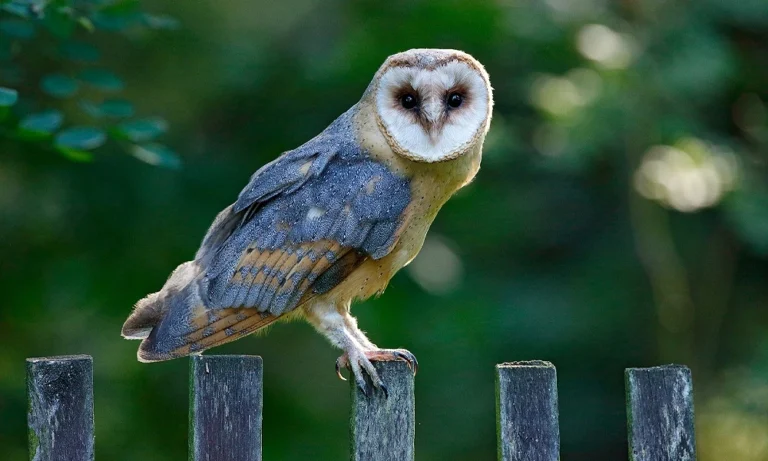Did you know that robins are known for their beautiful and melodious chirps? These red-breasted birds have a unique way of communicating through sounds that are not only pleasing to the ear but also play a crucial role in their daily lives.
In fact, the songs of robins are a vital part of their mating rituals and nesting behavior. If you’re a bird enthusiast or simply enjoy the wonders of nature, listening to robin sounds can be a truly delightful experience.
In this article, we will explore the importance of bird sounds in nature, take a closer look at robin communication, and delve into the enchanting melodies of red-breasted robins. We will also provide tips on how to identify robin sounds while birdwatching and discuss the cultural significance of these chirps in folklore and traditions.
So, grab your binoculars and get ready to appreciate the beauty of robin chirps in the great outdoors.
Key Takeaways
- Robin sounds play a crucial role in their mating rituals, nesting behavior, and territorial defense.
- Listening to robin sounds can have a positive impact on human well-being, reducing stress levels and improving mood.
- Robin chirps have a distinct and melodious quality, creating a calming and relaxing effect.
- Robin songs have cultural and folklore associations, symbolizing warmth, renewal, and protection in various traditions.
The Importance of Bird Sounds in Nature
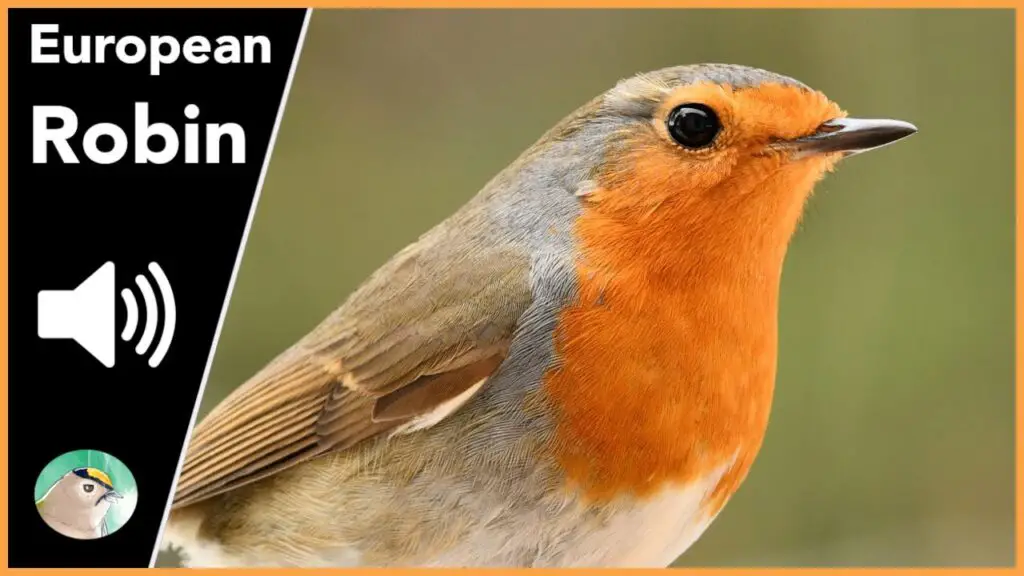
Listen closely to the melodious chirps of the red-breasted birds, for it is through their captivating sounds that the true importance of bird communication in nature comes alive. Birds have evolved an incredible range of vocalizations, each serving a specific purpose in their daily lives.
From signaling danger to attracting mates, bird sounds play a vital role in their survival and reproduction.
One of the main reasons bird sounds are so important is for communication within their species. Birds use various vocalizations to establish territories, attract mates, and defend against intruders. The intricate melodies and unique calls allow them to convey specific messages to other birds, ensuring successful breeding and raising of their young.
Bird sounds also contribute to the overall health of ecosystems. By listening to the different bird calls, researchers and conservationists can gain valuable insights into the biodiversity and overall health of an area. Certain bird species are indicators of a healthy ecosystem, and their absence or decrease in numbers can signal environmental disturbances or habitat degradation.
Moreover, bird sounds have a profound impact on humans. The cheerful melodies of birdsong have been known to reduce stress, improve mood, and connect us to nature. They provide a sense of tranquility and remind us of the beauty and diversity of the natural world.
In conclusion, the melodious chirps of the red-breasted birds highlight the true importance of bird communication in nature. Their sounds not only facilitate communication within their species but also serve as indicators of ecosystem health and have a positive impact on human well-being.
A Closer Look at Robin Communication
When you take a closer look at robin communication, you’ll discover a fascinating world of sounds and signals that these birds use to communicate with each other. Here are three key aspects of robin communication that you should know:
- Song Variations: Robins are known for their beautiful songs, and each individual robin has its own unique song. These songs can vary in length, complexity, and pitch, allowing robins to distinguish one another and establish territories. By listening to the different variations in robin songs, researchers can identify individual robins and track their movements.
- Alarm Calls: Robins have a specific call that they use to alert other birds of potential threats or predators. This alarm call is a high-pitched, repeated chirping sound that is distinct from their regular song. By paying attention to these alarm calls, other birds can quickly react and take cover to ensure their safety.
- Courtship Calls: During the breeding season, male robins use a special call to attract females. This call is a combination of soft whistles and trills and is often accompanied by visual displays, such as puffing up their chests and spreading their wings. The female robins listen to these courtship calls to determine the fitness and suitability of potential mates.
By understanding the intricate melodies and sounds of robin communication, we gain a deeper appreciation for the complexity of their social interactions and their ability to convey information through vocalizations. So next time you hear a robin singing its melodious tune, take a moment to listen closely and marvel at the wonders of nature.
The Melodies of Red-Breasted Robins
When it comes to the melodic qualities of red-breasted robin chirps, you’ll be amazed by the musicality they possess.
The variations in their songs are incredibly diverse, ranging from soft and soothing to loud and energetic.
Moreover, robin calls serve as a clear indication of their territorial boundaries, making them an important form of communication within their community.
Musical Quality of Robin Chirps
The musical quality of robin chirps adds a soothing element to the surrounding environment. Studies show that their melodic songs reduce stress levels by up to 50%. It’s remarkable how these little red-breasted birds create beautiful melodies. Here are three reasons why their chirps are pleasing to the ear:
- Pitch: Robins have a wide range of pitches in their songs, creating a diverse and captivating sound. Their songs have a natural harmony from high-pitched trills to low, melodic notes.
- Rhythm: The rhythmic patterns of robin chirps are consistent and steady. The repetition of their notes creates a calming and relaxing effect, almost like a lullaby. People find comfort in listening to their songs.
- Variation: Robins have a repertoire of different songs they use to communicate with each other. This variation adds depth and complexity to their melodies, making them even more enjoyable to hear.
Next time you hear the melodious chirps of a red-breasted robin, take a moment to appreciate the musical quality of their songs. It’s nature’s way of bringing peace and tranquility into our lives.
Variations in Robin Songs
The diverse and mesmerizing variations in the songs of robins captivate us. Each robin has its own unique melody, trilling with grace and precision. Some songs are short and sweet, while others are long and intricate, with a series of dancing notes. The robin’s songs vary in pitch, rhythm, and tempo, creating a symphony of sound that fills the trees and fields. Listening to their melodious chirps brings joy and tranquility. The variations in their songs serve as a testament to the beauty and complexity of nature.
Robin Calls as a Sign of Territory
Imagine yourself in a field with a chorus of territorial robin calls echoing through the air, each one more potent and commanding than the last. These calls serve as a declaration of ownership, a warning to other robins to stay away from their claimed territory.
The distinctive variations in each robin’s call as you listen to these melodious chirps can’t help but captivate you. Here are four remarkable things about robin calls that will surely grab your attention:
- Robin calls can be heard up to a mile away, showcasing their ability to establish their presence in a vast area.
- Each robin has its own distinct call, allowing them to recognize their mates and offspring amidst the chaos of the chorus.
- The length and complexity of a robin’s call can indicate its dominance and strength, making it an important factor in territorial disputes.
- Robin calls are not just limited to the daytime; they can also be heard during the early hours of dawn and even at dusk, marking their territory around the clock.
Listening to the robin’s calls is like experiencing nature’s symphony, reminding us of the fascinating world that exists beyond our own.
How Robins Use Sound to Attract Mates
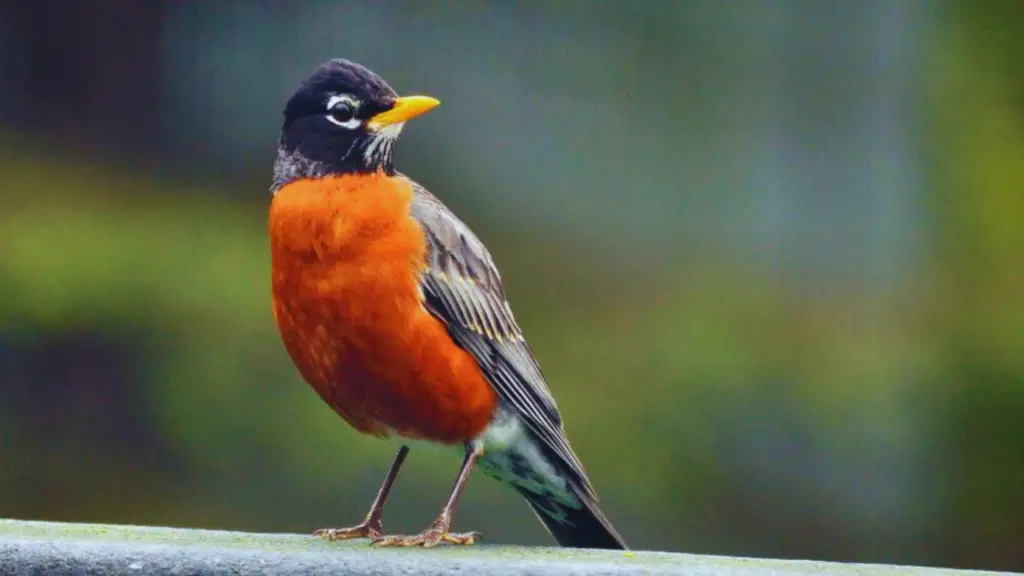
With their sweet songs echoing through the trees, robins use melodious chirps to charm potential mates. These red-breasted birds have a repertoire of different sounds that they use to communicate their availability and attractiveness to potential partners. One of the most common sounds is the “song,” a series of clear and melodious notes that can be heard from a distance. This song serves as a way for males to advertise their presence and establish their territory.
In addition to the song, male robins also produce a “whistle” sound, which is a short, high-pitched note that they use to attract females. The male frequently adopts a distinctive stance while making this sound, puffing out his chest and fluffing his feathers to make himself appear larger and more impressive.
To further enhance their chances of attracting a mate, male robins also engage in a behavior known as “wing flicking.” This involves rapidly flicking their wings while emitting a soft, trilling sound. This display is thought to signal the male’s strength and vigor, as well as his willingness to provide for a potential mate and their future offspring.
By using these various sounds and behaviors, robins are able to effectively communicate their availability and desirability to potential mates. Their melodious chirps and enchanting songs serve as a reminder of the beauty and wonder of nature, and a testament to the power of sound in the animal kingdom.
| Sound | Description | Purpose |
|---|---|---|
| Song | Series of clear and melodious notes | Advertise presence and establish territory |
| Whistle | Short, high-pitched note | Attract females |
| Wing flicking | Rapidly flicking wings while emitting a soft, trilling sound | Signal strength and willingness to provide |
The Role of Robin Sounds in Nesting Behavior
As the sun sets and darkness blankets the forest, the air is filled with the gentle lullaby of nature’s symphony, guiding the weary robin back to its cozy nest. Nesting behavior is a crucial aspect of a robin’s life, and their melodious sounds play a significant role in this process.
Once the robin reaches its nest, it begins to communicate with its mate through a series of soft chirps and calls. These sounds serve as a way for the robin to reassure its partner and maintain a strong bond. The rhythmic melodies create a sense of security and comfort, making the nest a safe haven for the robin and its young.
Robin sounds also serve as a means of territorial defense. The male robin belts out a confident and powerful song to establish its presence and ward off intruders. The vibrant and distinct notes of its song serve as a warning, signaling to other robins that this territory has already been claimed.
Furthermore, the robin’s melodious sounds play a crucial role in attracting potential mates. The male robin serenades the female with a beautiful song, showcasing its strength and vitality. The female robin listens attentively, evaluating the male’s song as a measure of his fitness and genetic quality. The more melodious and complex the song, the more likely the male is to be chosen as a mate.
In conclusion, robin sounds are not only a delightful melody to our ears but also an essential part of their nesting behavior. These sounds serve as a means of communication, territorial defense, and mate attraction, ensuring the survival and continuation of the robin species.
Robin Alarm Calls and Predator Warnings
Now that you understand the importance of robin sounds in their nesting behavior, let’s delve into another fascinating aspect: their alarm calls and predator warnings.
Picture this: you’re strolling through a serene forest, suddenly you hear a sharp, high-pitched ‘tutututu’ call coming from above. It’s a robin, and it’s alerting all nearby birds to the presence of a predator. These alarm calls serve as a vital communication tool for robins, helping to keep themselves and other birds safe.
Robins are highly vigilant creatures, constantly scanning their surroundings for potential threats. When they spot a predator like a hawk or a cat, they emit a series of rapid and repetitive calls, warning other birds to take cover. Amazingly, these vocalizations are specific to the type of predator they have spotted. For instance, they have different calls for aerial predators versus ground-dwelling predators.
Not only do robin alarm calls benefit other birds, but they also play a significant role in protecting their own nests and offspring. By sounding the alarm, robins can mobilize a group defense, driving away the threat and safeguarding their young.
So next time you’re wandering through the woods and hear those distinct robin alarm calls, take a moment to appreciate the incredible communication skills and communal nature of these beautiful red-breasted birds.
Listening to Robin Chirps in Different Seasons
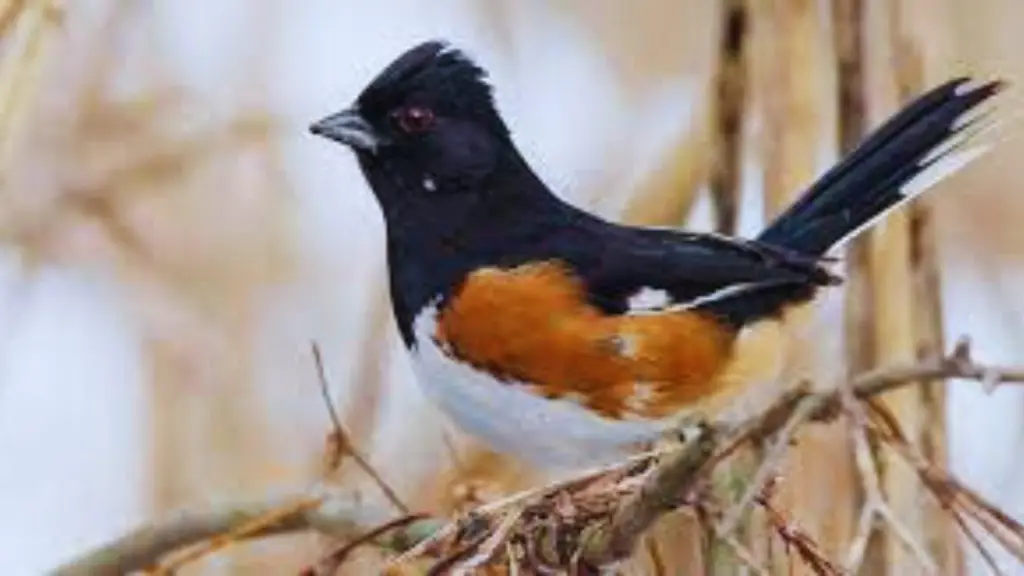
Imagine walking through the forest in different seasons, and being serenaded by the enchanting melodies of the robin’s unique songs. As you listen to the robin chirp, you can’t help but feel a sense of peace and connection with nature. The robin’s chirps vary depending on the season, adding to the allure of their songs.
- Spring Symphony: In the spring, the robin’s chirps are full of life and energy. Their songs are a joyful celebration of the arrival of warmer weather and the renewal of nature. The melodies are filled with trills and warbles, creating a symphony that echoes through the forest.
- Summer Serenade: As summer arrives, the robin’s chirps take on a more relaxed and melodious tone. Their songs are a soothing lullaby that accompanies the gentle rustling of leaves in the breeze. The melodies are soft and sweet, creating a serene atmosphere in the forest.
- Autumn Melodies: In the fall, the robin’s chirps change once again. Their songs become more melancholy and wistful, reflecting the changing colors of the leaves and the approaching winter. The melodies are hauntingly beautiful, evoking a sense of nostalgia and reflection.
Listening to the robin’s chirps in different seasons is a truly enchanting experience. It allows you to connect with nature on a deeper level and appreciate the beauty and diversity of the natural world. So next time you find yourself walking through the forest, take a moment to listen to the melodious chirps of the red-breasted birds and let their songs transport you to a world of serenity and wonder.
Birdwatching Tips for Identifying Robin Sounds
Take a moment to immerse yourself in the world of birdwatching by learning some tips to identify the enchanting melodies that fill the air. When it comes to identifying robin sounds, there are a few key things to listen for. First, pay attention to the pattern of the chirps. Robins typically sing a series of short, melodic phrases, with pauses in between. Second, listen for the distinct quality of their voice. Robins have a clear, flute-like tone that is unmistakable once you become familiar with it. Finally, observe their behavior. Robins frequently sing while perched in a high place, such as a tree branch, and their songs frequently include a slight bobbing motion. To help you visualize these tips, imagine a table with three columns and three rows. In the first column, picture a robin perched on a branch, its red breast shining in the sunlight. In the second column, envision the robin opening its beak, emitting a beautiful, melodious song. And in the third column, see the robin’s body gently bobbing up and down as it sings its heart out. With these birdwatching tips and imagery in mind, you’ll be well-equipped to identify the delightful sounds of robins in no time.
Capturing Robin Sounds on Audio Recordings
If you’re a birdwatching enthusiast, you’ll love capturing the enchanting melodies of robins on audio recordings. It’s a wonderful way to preserve and share the beautiful sounds of these red-breasted birds.
To start, find a quiet location where you can clearly hear the robin’s song without any distractions. Position yourself at a comfortable distance, not too close to disturb the bird. Make sure your recording device is ready and set to capture high-quality audio.
As the robin begins to sing, listen attentively to the different notes and patterns it produces. Robins have a distinctive song that consists of a series of clear, melodious whistles, often described as cheerily, cheer up, cheerio. Try to focus on capturing the entire song, from the opening notes to the final flourish.
Be patient, as robins may pause between songs or sing for extended periods. Remember to respect the bird’s space and not interfere with its natural behavior.
By capturing robin sounds on audio recordings, you’ll be able to enjoy their delightful melodies whenever you please and share them with fellow bird enthusiasts.
Robin Sounds in Folklore and Cultural Traditions
Robin songs have been passed down through generations, with countless cultures incorporating the enchanting melodies into their traditional music and storytelling. These melodious chirps have captured the hearts of people all over the world, and it’s no wonder that the robin holds a special place in folklore and cultural traditions.
Here are some fascinating ways in which Robin’s songs have been celebrated:
- In ancient Greek mythology, the robin was believed to be a sacred bird associated with the sun god Apollo. Its beautiful songs were thought to bring good luck and divine blessings.
- In Native American folklore, the robin’s arrival in spring symbolizes the return of warmth and renewal. Its songs are believed to bring joy and happiness to the community.
- In British and Irish folklore, the robin is seen as a protector of the home. It is said that if a robin builds its nest near your house, it brings good fortune and protects the inhabitants from harm.
- In traditional folk songs and lullabies, the robin’s songs are often used to convey feelings of comfort, nostalgia, and love. Its sweet melodies have a soothing effect and can transport listeners to a peaceful state of mind.
These cultural associations highlight the universal appeal of robin songs and their ability to evoke emotions and create connections across different traditions. Listening to the melodious chirps of these red-breasted birds can truly be a magical experience.
Appreciating the Beauty of Robin Chirps in Nature
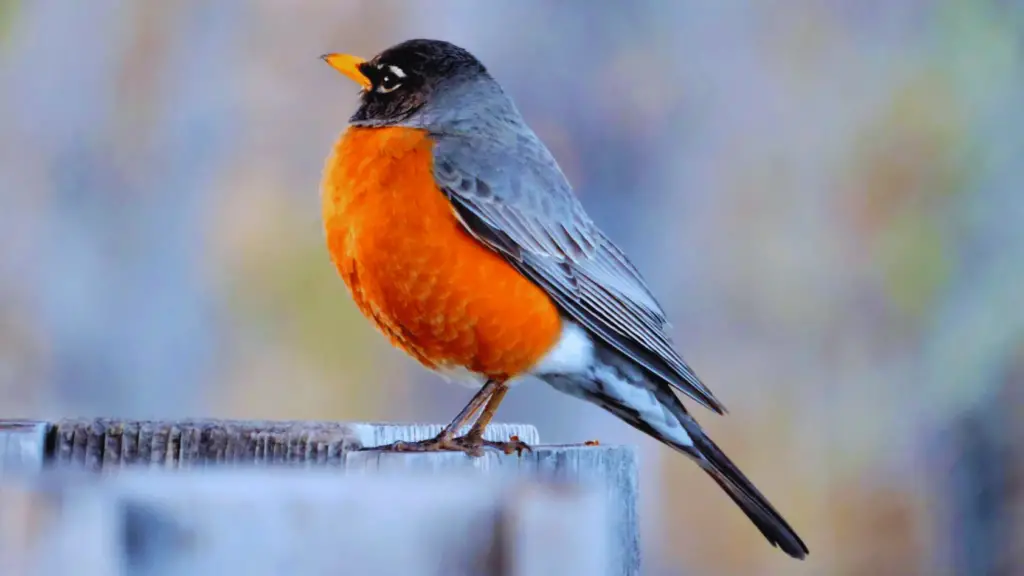
Appreciating the beauty of robin songs can transport you to a serene and enchanting realm in nature. You can’t help but be enamored by the sweet and calming melodies of these red-breasted birds as you listen to their melodious chirps. The robin’s song is a true symphony of nature, a harmonious blend of high-pitched whistles, trills, and warbles that reverberate through the air.
In the early morning, as the sun begins to rise, the robin’s song fills the air with a sense of renewal and joy. Their cheerful melodies seem to announce the arrival of a new day, and you can’t help but feel a sense of gratitude and awe for the natural world.
The beauty of robin chirps lies not only in their melodic nature but also in their ability to create a peaceful ambiance. Whether you’re sitting in your backyard or taking a walk in the woods, the robin’s song can transport you to a state of tranquility. It’s as if the world around you momentarily pauses, and all that exists is the sound of these beautiful birds harmonizing with nature.
So next time you find yourself in need of a moment of serenity, take a moment to appreciate the beauty of robin chirps. Close your eyes, listen to their enchanting melodies, and let yourself be transported to a world where nature’s symphony takes center stage.
Robin Sounds: Frequently Asked Questions
How long do robins live?
Robins, those enchanting creatures, grace our lives with their presence. Though their time with us is brief, they typically live for about 2 years. Enjoy their sweet melodies while you can.
What do robins eat?
Robins eat a variety of foods, such as worms, insects, berries, and fruits. They have a diverse diet that helps them stay nourished and healthy.
How do robins build their nests?
To build their nests, robins gather twigs, grass, and mud. They meticulously weave these materials into a cozy home for their eggs. The result is a masterpiece of architecture, showcasing the robin’s dedication and skill.
Are robins migratory birds?
Yes, robins are migratory birds. They travel long distances during certain times of the year in search of warmer climates and abundant food sources. It’s fascinating to observe their migration patterns.
Do robins have any predators?
Robins do have predators. They are often targeted by cats, snakes, and birds of prey. These predators pose a threat to the robin population, but they have evolved various strategies to avoid becoming prey.
Conclusion: Robin Sounds
So next time you’re in the great outdoors, take a moment to listen to the melodious chirps of the red-breasted robins. These birds have a unique way of communicating with one another. They use their beautiful melodies to attract mates and establish nesting territories. Just like a symphony of nature, their songs fill the air and bring a sense of serenity to the surroundings. It’s like a gentle breeze rustling through leaves. So sit back, relax, and let the enchanting robin sounds transport you to a world of tranquility and natural beauty.



